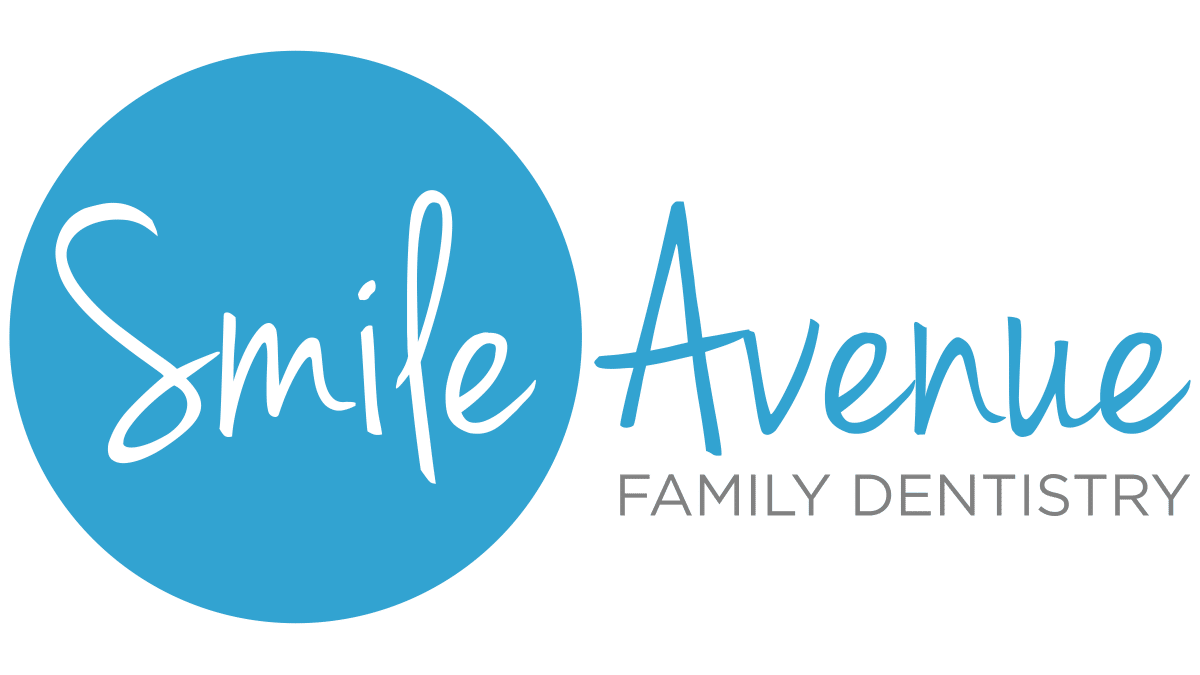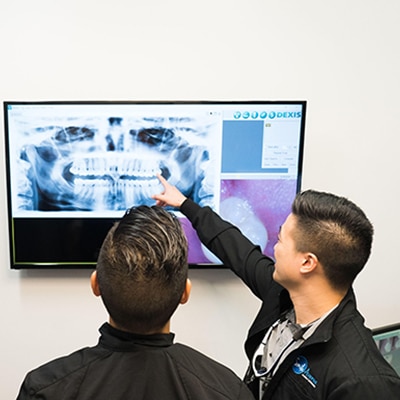Lungs: Location, Anatomy, Function & Complications
Lungs
Overview
Lungs are essential respiratory organs located within the thoracic cavity. The human respiratory system comprises two lungs: the right lung, which is somewhat larger and consists of three lobes, and the left lung, which has two lobes to accommodate the heart. The primary function of the lungs is to facilitate gas exchange, taking in oxygen and expelling carbon dioxide. In addition to their main respiratory function, the lungs have several other intriguing aspects worth noting. The location and appearance of the lungs contribute significantly to their ability to perform these vital functions effectively.
Anatomy
Where are your lungs located?
Your lungs are situated in your chest, flanking either side of your heart within the rib cage. The right lung, larger due to its three lobes, and the left lung, with two lobes, are enveloped by the ribcage which offers protection against physical injuries.
What do lungs look like?
The lungs resemble a sponge-like structure, encased in a thin, double-layered membrane known as the pleura. Despite their lightweight, the complexity of their internal network — comprising bronchi, bronchioles, and alveoli — is intricate. This unique structure ensures their efficiency in gas exchange. The pinkish hue of healthy lungs is synonymous with well-oxygenated blood, though this color can change with health issues.
Microscopic Anatomy
On a microscopic level, the lungs’ functionality is driven by the alveoli — tiny air sacs where the exchange of gases occurs. Each lung houses millions of these alveoli, creating a vast surface area that is crucial for efficient gas exchange. The alveoli’s walls are exceptionally thin, allowing for the rapid diffusion of oxygen and carbon dioxide. The presence of capillary networks around these air sacs facilitates the transfer of gases to and from the bloodstream, highlighting the sophisticated design of lung structure at the microscopic level.
Function
What do lungs do?
The lungs’ primary function revolves around the respiratory process, facilitating the exchange of oxygen and carbon dioxide with the environment. This process is vital for maintaining the body’s metabolic needs. The passage of air through the mouth or nose, down the trachea, branching into the bronchi and subsequently the bronchioles, ends at the alveoli for gas exchange. The circulatory system then transports oxygen to body tissues, while carrying carbon dioxide back to the lungs for expulsion.
Other Roles
Beyond gas exchange, the lungs also play essential roles in regulating the body’s pH balance by controlling the levels of carbon dioxide in the blood. Furthermore, the lungs participate in the filtration of small blood clots in the veins and in the phonation process, contributing to the production of sound, thereby enabling speech.
Interesting facts about your lungs
Lungs have a unique ability to float on water and can regenerate partially, a feature particularly evident in the case of substantial injuries or surgery. The combined surface area of the lungs can be as large as a tennis court, and despite being so intricately designed and delicate, they are also remarkably resilient organs, capable of withstanding and recovering from substantial damage.
Conditions and Disorders
There are numerous conditions and disorders that can impact the health of your lungs, ranging from chronic diseases such as asthma, bronchitis, COPD (Chronic Obstructive Pulmonary Disease), and lung cancer to infections like pneumonia and tuberculosis. Environmental factors, including exposure to pollutants and smoking, can aggravate or predispose individuals to these conditions, emphasizing the importance of lung care and healthy living practices.
Symptoms and Diagnosis
Common signs or symptoms indicating a lung issue include persistent cough, breathlessness, wheezing, and chest discomfort. Diagnosing lung health issues begins with a detailed medical history and physical examination, followed by imaging tests like X-rays and MRIs for visual assessment, and lung function tests that measure the lungs’ operational capacity. In certain cases, more invasive procedures such as biopsies may be necessary.
Treatment and Management
Treatment for lung conditions varies widely but generally includes a combination of medications to manage symptoms or treat infections, pulmonary rehabilitation exercises designed to improve lung function, and, in some severe cases, surgeries to remove damaged tissues or tumors. The use of inhalers and other devices to facilitate breathing is common in chronic conditions like asthma and COPD.
Care
To maintain healthy lungs, it is crucial to avoid harmful pollutants and smoking, engage in regular exercise, practice deep breathing exercises, and ensure timely vaccinations and health check-ups. Maintaining indoor air quality and wearing protective gear when exposed to dust or chemicals can further prevent lung damage. Simple daily habits and proactive measures significantly impact lung health and overall well-being, potentially preventing the onset or progression of chronic lung conditions.
Preventive Measures
Effective preventive measures against lung diseases include avoiding exposure to tobacco smoke, both firsthand and secondhand, minimizing exposure to outdoor pollution, and maintaining a clean indoor environment to avoid the inhalation of harmful agents such as mold, dust, and household chemicals. Dietary choices that support immune function and regular healthcare screenings for early detection of lung conditions are also beneficial for lung health maintenance.








